A simple change to practice can make a difference
This article was originally published in Psychology Today on Nate Kornell’s blog, Everybody is Stupid Except You
Growing up playing sports, I have heard the phrase, “practice makes perfect” enough times to drive a person crazy. But what sort of practice should I be doing in order to really improve? There are many cases where a player is an outstanding practice player – fielding every ball without error and keeping the hands back on the off-speed pitch– but when it comes to performing in a game, she looks nothing like she did in practice. What causes this disconnect? If practice is supposed to make perfect, then we should reevaluate how we’re practicing to create a more game-ready player.
Two ways to practice
There are generally two methodologies in how a practice should go. In one, the types of skills being practice are blocked together and worked on until the player feels confident in her ability to perform that skill. For example, a pitcher throwing twenty curveballs in a row or a shortstop working on fielding to her backhand side until she makes no errors. Although there is some merit in this sort of repetition (“reps”) for the sake of confidence and rhythm, this hardly creates a game-like situation.
In the second methodology, instead of blocking together skills, the reps a fielder takes are randomized. One ground ball is hit to the backhand side, but the next could go to the forehand side or maybe it’s a line drive at the face. In this type of practicing, the fielder is much more accustomed to seeing and reacting to the ball instead of going to the side where the ball is going to be hit. This creates a more game-like situation, as batters aren’t likely to let the defense know where she is going to hit the ball.
Research on random practice
These descriptions make second option, where the emphasis is on random reps sound better. Research shows it is. In a 1994 study by Hall et al. (1994), members of a collegiate baseball team where blocked together by hitting ability and further split into three groups: blocked, random, and controlled. The task of each group was to hit three different pitches – fastball, curveball, and change-up – solidly. Both the blocked and random groups received extra batting practice twice a week for six weeks. The control group got no extra batting practice, although they still received their normal batting practice. During the extra batting practice, the batters received 45 pitches, 15 of each type. In the blocked group, the batter would see 15 fastballs, 15 curveballs, and 15 change-ups, while for the random group was not aware of the sequencing of pitches. After six weeks, the performance of the groups was assessed during 2 final batting sessions, one random and one blocked, where the number of solidly hit balls was recorded. The random group performed better than the blocked group and both did better than the control in both the random and blocked scenarios.
The processes of hitting a ball
The difference in performance can be explained by understanding the process of hitting a ball. First, the batter must gather information about the ball coming at them (speed, location, spin), then she must decide when and how to swing. In other words, the batter must read the pitch then react to it. In the blocked group, the batters didn’t have to work hard to read the pitch, as they knew what was coming. Skipping over the first step makes hitting the ball easier if you know that 15 straight fastballs are coming, but does little for performance when the sequencing of pitches is unknown. The random group, because they got more practice reading the pitches, performed better on both tests.
The lessons learned from this study can be applied to all aspects of the game beyond hitting. A fielder is going to play better if she is better prepared to read and react to a ball. Generating random reps during practice creates a desirable difficulty for the player. This means that the practice performance may be worse than if the reps were blocked, but game performance will be better. This sort of random reps practice has been the way of the Williams Softball program during the preseason. Although we do come back every once a while to working on one specific skill, the major emphasis has been creating game-like situations in which every player involved is seeing and reacting to the ball. This sort of practicing has created an environment where everyone is thinking about the possibilities if the ball is hit to her and is getting better with each pitch or swing of the bat. This sort of practicing has resulted in a 29-8 record (as of 5/2/16) going into what we hope will be a long post-season.
Reference
Hall, K.G., Domigues, D.A., Cavazos, R.; Contextual interference effects with skilled baseball players, Perceptual and Motor Skills, 1994, 78, 835-841.
This is a guest post by Melissa Cendejas, Williams College class of 2016.
Check out Nate Kornell on Twitter.

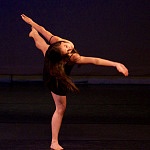
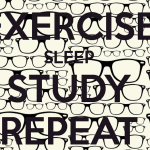







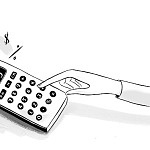













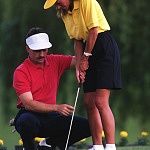




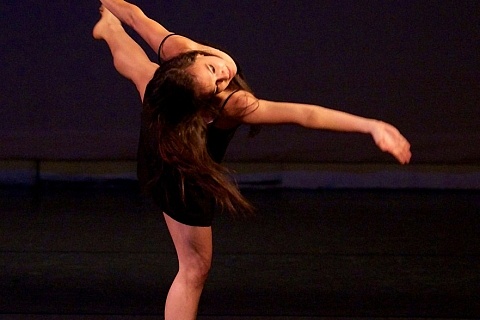
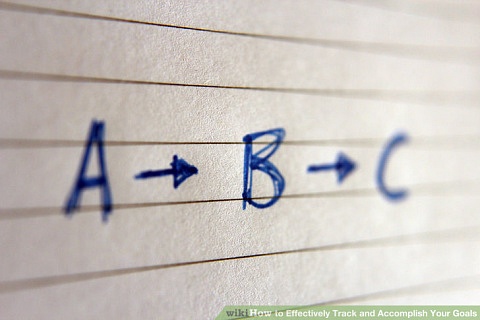
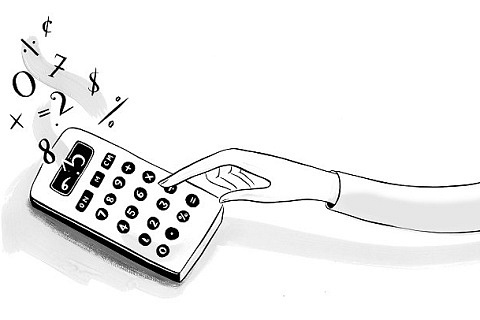
Leave a Reply
You must be logged in to post a comment.